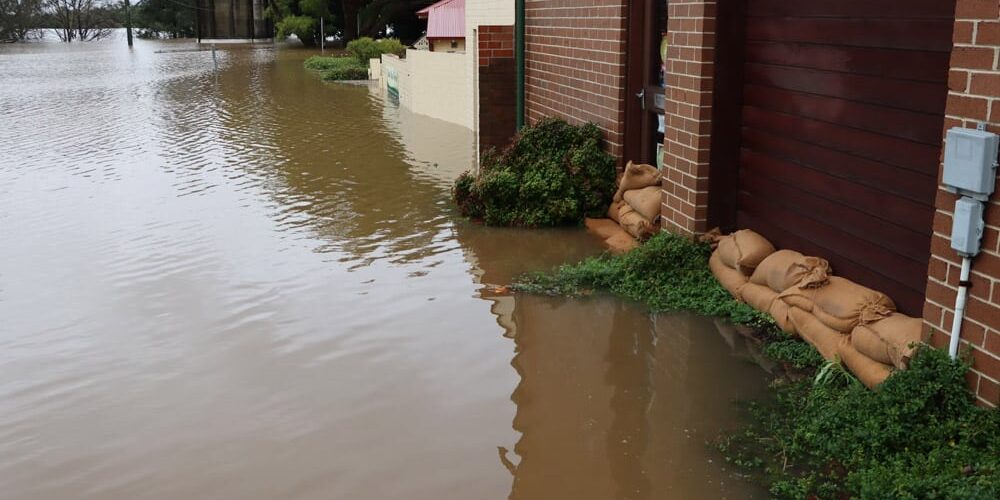Any season could present a hazard for water damage. Don’t get caught by surprise by not taking the right precautions.
Winter
Frozen pipes bursting is usually the reason for water damage during the winter. Basements and attics can also flood or face seepage due to heavy snowfall. If left untreated, you may find yourself with mold, ceiling water damage as well as water damage to your drywall, flooring, or carpet.
Spring
Some usual reasons for spring water damage include:
- Melting snow
- Rain
- Frozen pipes
Water can get into your house through the foundation from window cracks, a backed-up sewer system, or a faulty roof. Additionally, water damage can start inside your residence from a clogged drain or malfunctioning appliance. Typically, spring water damage includes:
- Broken sump pump
- Clogged drain
- Busted pipes
- Water coming inside via foundation cracks
- Backed-up sewer
- Malfunctioning sump pumps
- Water heater problems
Even though plenty can go awry in the spring, most water damage problems can be stopped with a little maintenance.
Summer
Summer is the wettest season. Rain is abundant during the summer and the rise in the amount of rainfall creates a greater risk of flooding.
Whether it’s water seeping inside from excess rain, humidity, or a leaky roof, these wet weather conditions make your house more susceptible to water damage. It is critical to safeguard your house from flood and water damage during the summer to stop mold growth and severe property damage.
Fall
Keeping your home dry in the fall is just as crucial as keeping your home dry during any other season. When fall arrives, you need to get your home ready for potential water damage. Here are some tips to help you prepare.
Leaves and Gutters
Fall comes with an abundance of leaves which can clog downspouts and gutters. When it rains heavily, debris and wet leaves can create an overflow in your gutters that can get into your basement window wells, siding, soffits, and any nooks and crannies in your walls. When this happens, you’ll have mold developing and water damage inside your house.
Roof Inspection
Autumn brings windy weather and a drop in temperature. With this weather change comes the danger of tree-inflicted damage to your roof. Make you get a roof inspection to assess your roof’s condition. A dip in the roof, a missing shingle, or a stain on your ceiling are all indicators of water damage.
Disconnect the Water Hose
The hose bib on your home’s exterior is susceptible to freeze damage if you leave your water hose connected. Because the temperatures are going to be dropping as fall heads into winter, you’re done with watering your grass for the year. It’s best to just disconnect the hose and place a cover over it to shield it from the freezing weather once winter arrives.
Water Damage Restoration in Denver
If you begin to observe any indications of water damage, you should contact a company that specializes in water damage restoration in Denver properties. Get in touch as soon as possible to ensure that any water damage issue doesn’t get worse.







